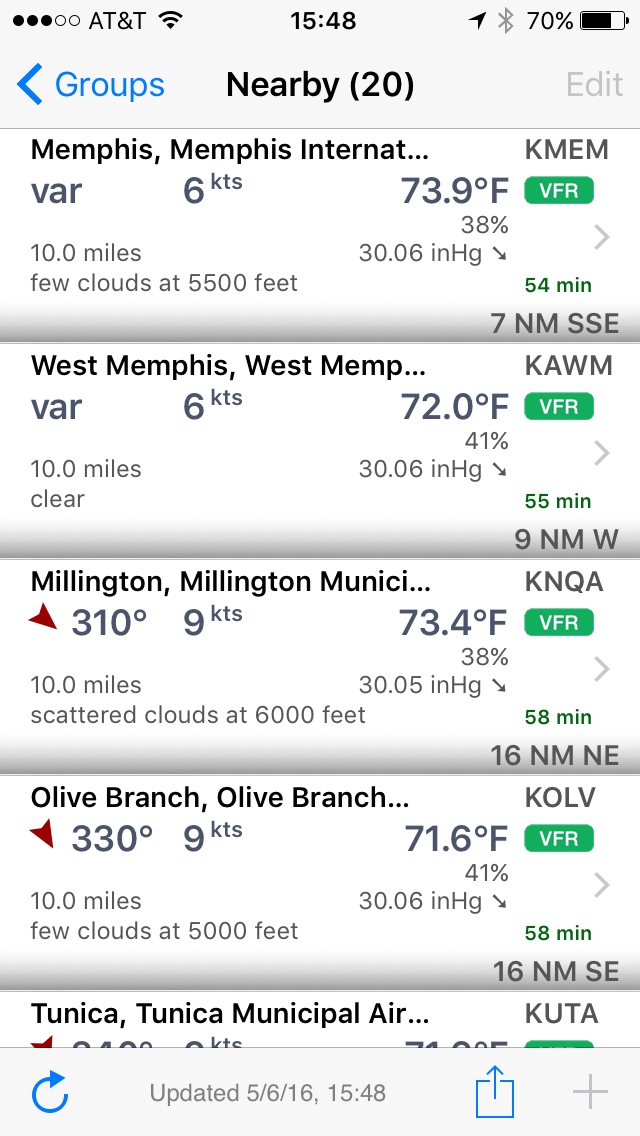classicrock
Pre-Flight
- Joined
- Aug 18, 2015
- Messages
- 73
- Display Name
Display name:
acousticguitar
as a VFR student pilot, recently post solo (but way before checkride), I have been wondering this for a while.
if you didnt have access to ATIS(and are near an airport or not), how do you pinpoint wind direction?(what if the wind sock isnt visible)?
what are some reliable ways that other pilots use to determine wind direction(and wind speed for that matter)
suggestions?
if you didnt have access to ATIS(and are near an airport or not), how do you pinpoint wind direction?(what if the wind sock isnt visible)?
what are some reliable ways that other pilots use to determine wind direction(and wind speed for that matter)
suggestions?

